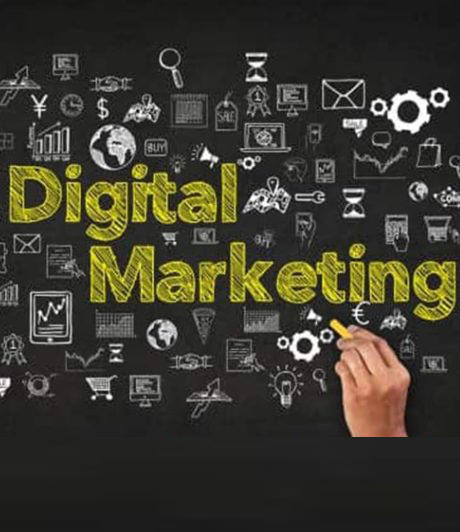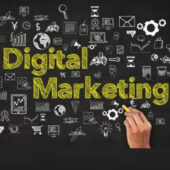Privacy of Fartakvas Holding Website
Fartakvas International is committed to protecting the privacy of all visitors, and we have prepared this privacy statement as part of our commitment to your privacy. As the addressee and customer of this company, which in the fields of investment, payment, smart cities, export and import, Arash services, etc., you can visit the services of this company without the need to enter any personal information. The amount of information we collect depends on the information you provide to us. By submitting a request for information on this site, we allow your information to be collected, used and transmitted in accordance with the provisions of this policy.
The information we collect from you:
We may collect information about your use of the Site in addition to the information you send us by letter or email.
Revelation
The information you provide to us is stored on our secure servers. We may also disclose the information collected about the use of our site to third parties, but this does not include information that can be used to identify you. Wherever you are provided with the password (or you have chosen it), this password will enable you to access certain parts of our site, and you will be responsible for maintaining this password. We urge you not to share this password with anyone.
Unfortunately, data transmission over the Internet is not completely secure. While we make every effort to protect your personal information, we cannot guarantee the security of your information transmission; Therefore, you will be responsible for any transfer. Upon receipt of your information, we will use strict and secure methods to try to prevent unauthorized access to them.
Countries outside the European Economic Community do not always have strong data protection laws. However, we will always strive to ensure that your information is used in accordance with this policy. Finally, if our business enters into a joint venture with another company or merges with or sells to another institution, your information will be disclosed to new partners or owners.
IPs and cookies
We may collect information about your computer, including IP address, operating system, and browser type, and use it for management and marketing purposes. This includes statistical data about your Internet search patterns and performance and cannot identify you. Cookies are small packets of information that we store on your computer. When you log in to our site, our system will store cookies on your computer. Unless you have stated your objection when submitting your information to us.
Cookies will speed up the next time you visit the site. Cookies also allow us to control and monitor site traffic and personalize site content for you. You can prevent cookies from being saved by activating certain settings in your computer browser, in which case you may not be able to use some of our site-specific features.
Data security and protection
We use security measures to protect your information from unauthorized access and illegal activity, accidental damage, destruction and tampering. We will keep your information for as long as the law requires. In certain cases, our site may contain electronic links to other sites. If you wish to visit these sites, their privacy policy and privacy preferences will be valid.
Access and updates
You have the right to be aware of your confidential information and to ask us to make changes to it so that it is accurate and up to date. If you would like this, let us know via email at info@fartakvas.com.
Changes to our Privacy Policy
Any future changes to our privacy policy will be posted on the site and will be notified via email if required.















Recent Comments